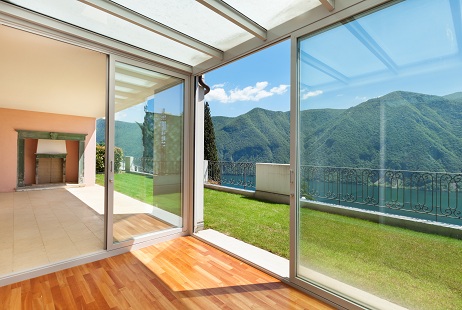Making buildings more sustainable to improve health and comfort

Related topics
Innovation Advanced materials Belgium Czechia Denmark France Germany Greece Hungary Italy Spain Sweden Switzerland Nanotechnologies, advanced materials, advanced manufacturing & processing, and biotechnologydate: 02/04/2014
Project: Clean buildings along with resource effi...
acronym: CLEAR-UP
See also: CORDIS
Contact: www.clear-up.eu
When inside, a person’s primary needs are ample amounts of daylight and fresh air as well as exposure to the right temperature. For society at large, sustainability is also identified as a key priority. The Clear-up project team developed techniques to fulfill all these needs affordably while also reducing energy consumption and using environmentally sustainable materials.
“Our motto is developing clean and resource-efficient buildings for real life – and this is what we have been able to do,” says project coordinator Udo Weimar of the University of Tübingen in Germany. “We integrated a range of innovative technologies to show that when buildings are designed, a holistic approach can be taken to improve health, save energy and protect the environment. When done right, it is truly a win-win-win situation,” he adds.
The Clear-up team has taken sustainable building design to new heights. Working with both natural and technological solutions, the researchers provided architects and builders with new tools to improve the overall quality of buildings.
Designs were developed to save energy with “intelligent” control systems, improve air quality by killing airborne bacteria and breaking down airborne chemicals, achieve a proper light balance, insulate buildings and store heat with a single building material, and combine active and passive heating and cooling systems.
As an example of the project’s level of innovation, airborne chemicals are eliminated by a process known as “photocatalysis”. A natural phenomenon similar to photosynthesis, a substance called a “photocatalyst” uses light to stimulate chemical reactions that break down hazardous air pollutants such as nitrous oxides, formaldehyde and benzene. Not only is the air inside cleaned, but the outdoor environment benefits as well.
Additionally, switchable (or “electrochromic”) windows can change color to allow more or less sunlight to enter a building. This feature – along with natural ventilation, and passive and active lighting and cooling – helps control inside temperatures and can thus substantially reduce heating and cooling costs.
“The key to all this is how we use sensors and intelligent controls to keep indoor temperatures at the right level,” explains Weimar. “Through our testing, we have shown that electricity costs can be cut from 12 to 34 per cent, which is about what we predicted when we started the project,” he adds.
The Clear-up team developed models to help designers determine which combination of features should be used in various climatic zones. The system, for example, was successfully demonstrated in a student dormitory in Cadiz, Spain.
Illustrating the commercial potential of the project, switchable windows have been included in a bid for a construction project. If integrated into the building industry, the positive results of the Clear-up project can help the EU along its path towards achieving a low-carbon economy by 2050.
